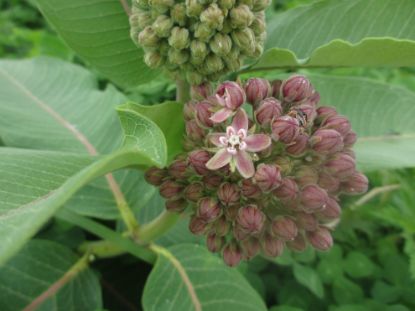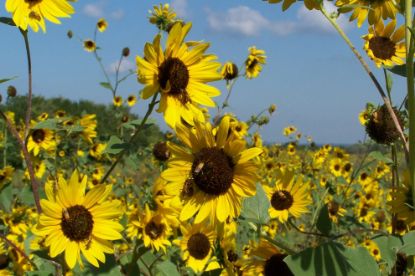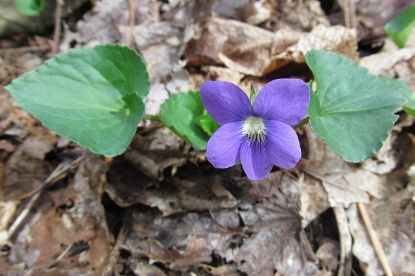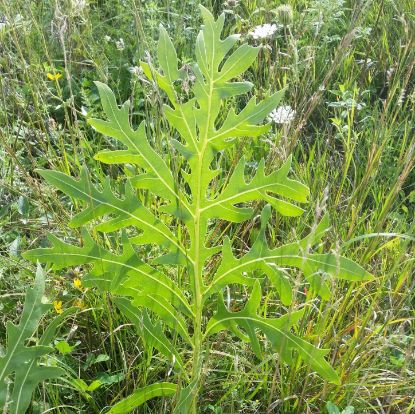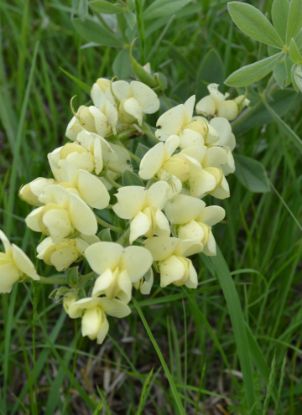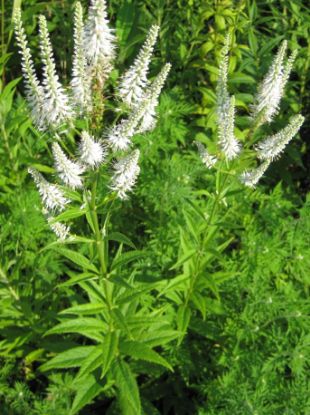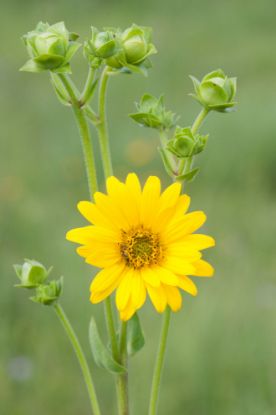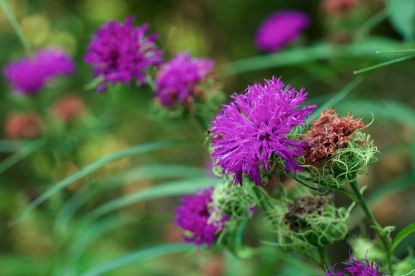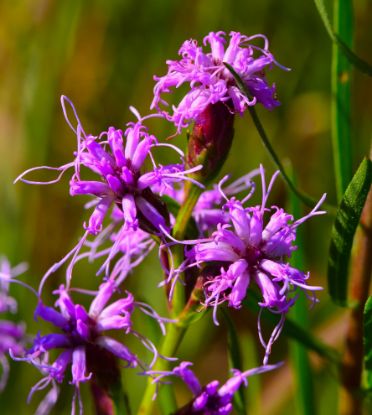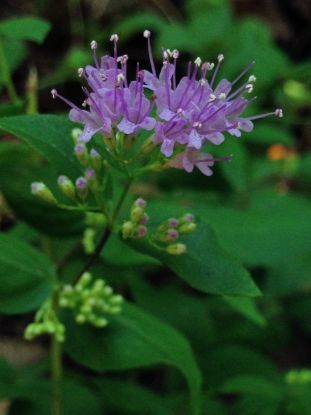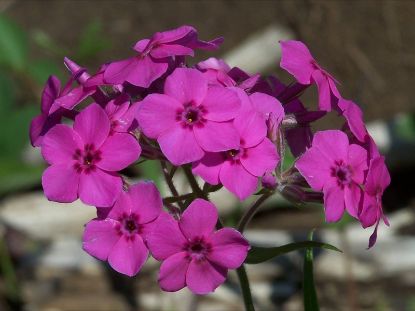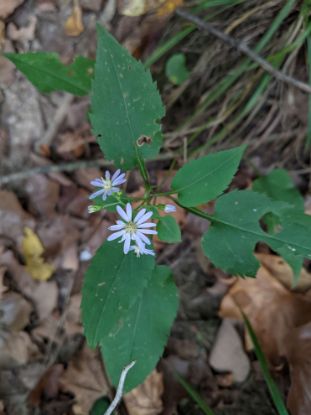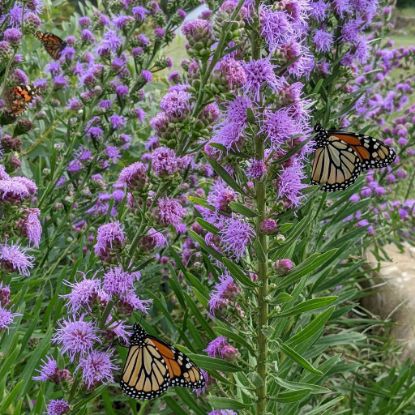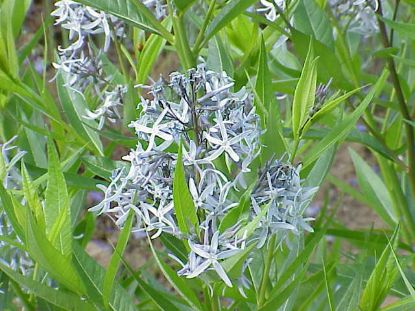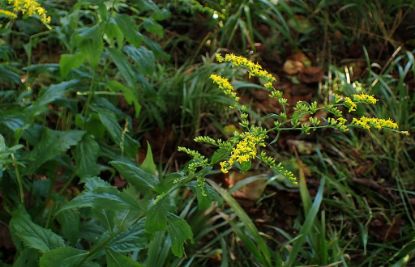Filter by attributes
Wildflowers
Sort by
Display
per page
View as
204 products found
Common Milkweed (Asclepias syriaca)
Monarch butterfly candy - they love this milkweed! Spreads rapidly; can be "weedy." Plant with grasses or other competitive perennials and/or weed regularly.
I'm sleeping right now. See you in the spring.
$6.00
Common Sunflower (Helianthus annuus)
Kansas state flower. This is likely the sunflower that you're admiring on the side of the road in late summer. Birds love the seeds. An annual, but will reseed. May need to be staked. Grows well in dry, poor conditions.
I'm sleeping right now. See you in the spring.
$6.00
Common Violet (Viola sororia)
Some consider this a lawn weed, but it is a beautiful native that tolerates a wide range of conditions. Can be massed as a groundcover. Leaves and flowers are one of the most common native edibles.
I'm sleeping right now. See you in the spring.
From $6.00
Compass Plant (Silphium laciniatum)
Called compass plant because the leaves tend to orient on a north-south axis. Will likely take 3 years to bloom - puts down a very long tap root the first 2 years.
I'm sleeping right now. See you in the spring.
$6.00
Cream Baptisia (Baptisia bracteata)
A shorter, sprawling Baptisia. Great for early pollinators. Grows best in sunny locations with other short perennials and grasses for support. May take several years to establish before bloom.
I'm sleeping right now. See you in the spring.
$6.00
Culver's Root (Veronicastrum virginicum)
A tall, structural plant with whimsical blooms. Prefers sunny, moist spots; may flop in too much shade; good for wetter rain gardens but it doesn't like to dry out. May be cut back after first bloom for a possible second bloom in the fall.
I'm sleeping right now. See you in the spring.
$6.00
Cup Plant (Silphium perfoliatum)
Birds love the seeds. Can be aggressive.
I'm sleeping right now. See you in the spring.
$6.00
Curlytop Ironweed (Vernonia arkansana)
Attract pollinators to your rain garden in late summer with these beautiful flowers. The long-horned bee Melissodes denticulata specializes on this plant.
I'm sleeping right now. See you in the spring.
$6.00
Cylindrical Blazing Star (Liatris cylindracea)
A short, upright blazing star that would be great for the front of a bed. Loves poor soil and hot and dry conditions. Mammals find all parts of the plant delicious.
I'm sleeping right now. See you in the spring.
$6.00
Dittany (Cunila origanoides)
Can take quite a bit of shade. Also called Wild Oregano, the minty leaves can be brewed for tea. May produce frost flowers in early winter. Spreads through rhizomes, though not as quickly as other mints.
I'm sleeping right now. See you in the spring.
$6.00
Downy Phlox (Phlox pilosa)
Great for attracting hummingbirds, butterflies, and long-tongued bees in late spring. Best in full sun. Spreads easily but not aggressive.
Out of stock
$6.00
Drummond's Aster (Symphyotrichum drummondii)
An aster for your shade garden! Asters are important for late season pollen and support many different insect species. Readily self-seeds.
Out of stock
$6.00
Eastern Blazing Star (Liatris scariosa)
A magnet for butterflies (especially Monarchs), bumblebees, and other pollinators and even attracts hummingbirds. Tolerates poor soils; flops in rich soil. Browsed by deer, rabbit, and voles.
I'm sleeping right now. See you in the spring.
$6.00
Eastern Blue Star (Amsonia tabernaemontana)
Forms a wide, almost bush-like, plant with beautiful yellow fall color. Cut back after flowering into desired form. May become floppy and need to be staked in rich, moist soil.
I'm sleeping right now. See you in the spring.
$6.00
Elm Leaf Goldenrod (Solidago ulmifolia)
A shorter goldenrod great for your shady garden. May colonize by rhizomes. Goldenrods are great pollen and nectar sources in late fall, and host plants for several moth species. Can spread as wide as tall.
I'm sleeping right now. See you in the spring.
$6.00
